Seeing the Fish for the Fire
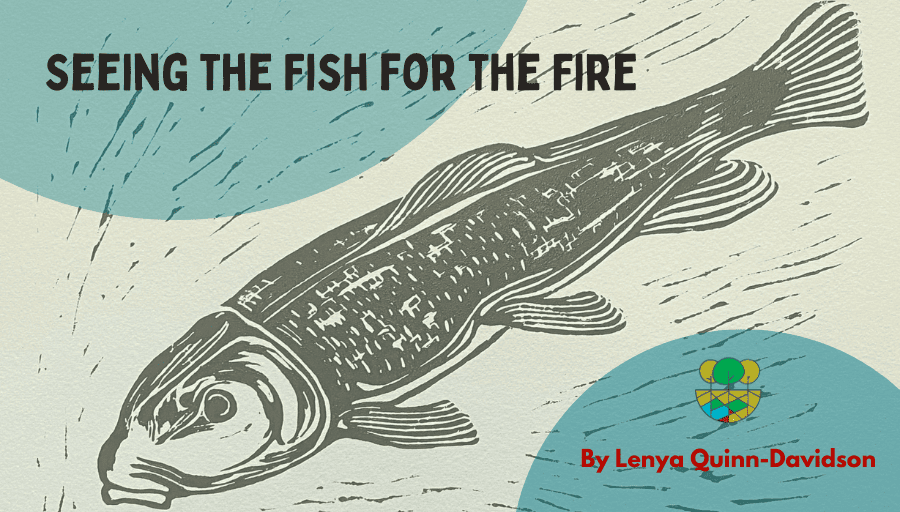
Editor’s note: Lenya Quinn-Davidson is the Fire Network Director for the University of California Agriculture and Natural Resources, and a long-time contributor to the FAC Net blog. She lives on the North Coast of California and loves all things related to fire, fish, and people. In this blog, Lenya reflects on this relationship between fire,…
Giving Power to Communities for Fire Resilience
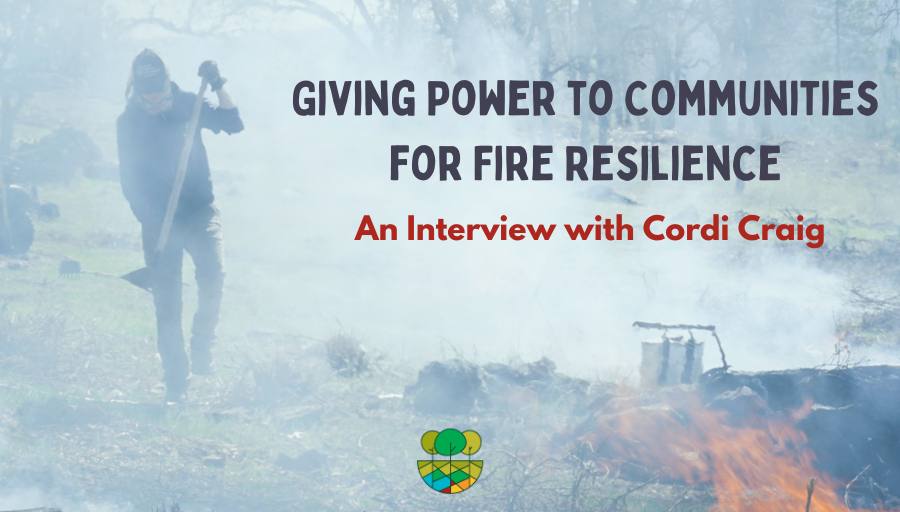
Editor’s note: Cordi Craig is the Prescribed Fire Program Manager for the Placer Resource Conservation District in Placer County, California. Previously, she worked as a wildland firefighter for the US Forest Service in Colorado and Nevada and has a degree in Natural Resources and Environmental Science from the University of Nevada – Reno. Earlier this…
Community Wildfire Defense Grant (CWDG) Round 2 Funding Opportunity Now Available

Editor’s note: We know our readers are interested in funding opportunities like the Community Wildfire Defense Grants. Since Round 1 of the program, new application guidance and procedures have been developed. Please refer to official USFS guidance if you are pursuing an application in Round 2 (open now – Oct 31, 2023). This is an…
My Unexpected Journey Into Fire and Leadership
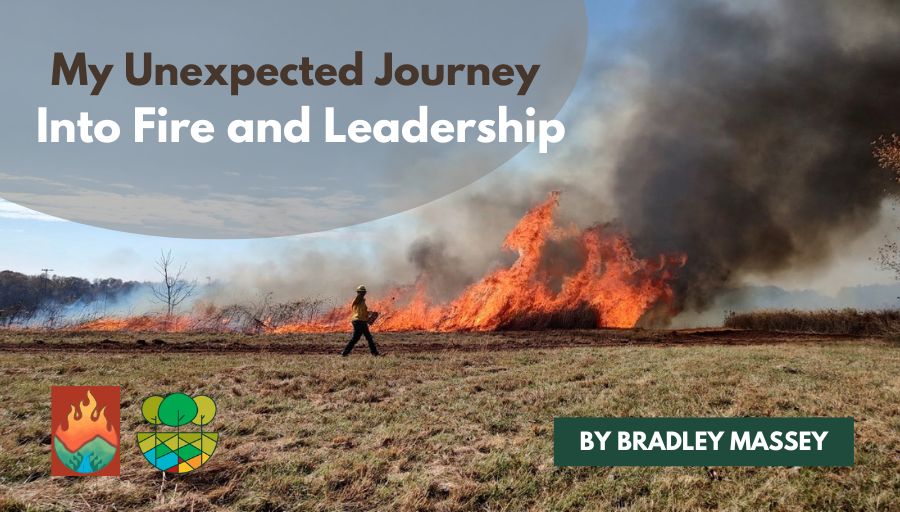
Editor’s note: Bradley Massey (he/him) is a forestry student at Alabama A&M University, originally from Huntsville, Alabama. He is an USDA/1890 National Scholar, and a co-founder of the FireGeneration Collaborative. As a special guest author for our blog, Bradley shares his experiences entering into the world of fire, how he’s developing his role as a…
Good Fire Returns to Oregon’s Willamette Valley
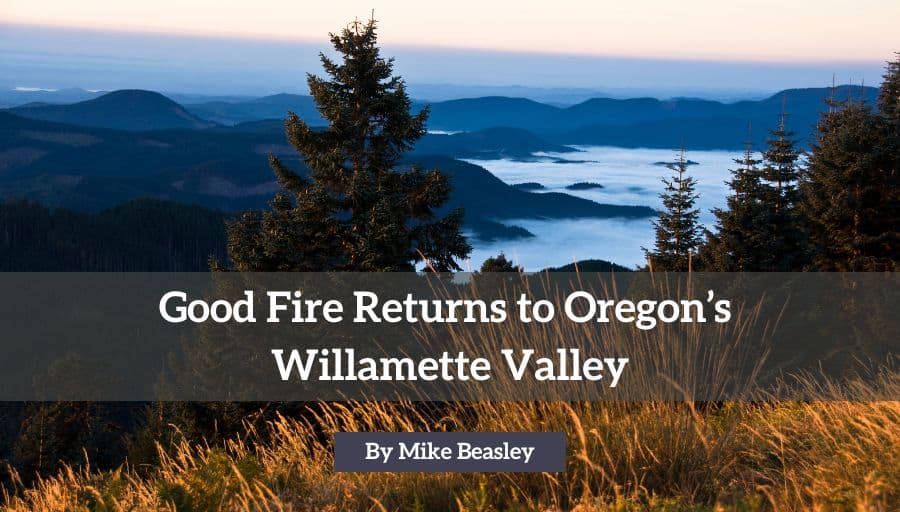
Editor’s note: Mike Beasley is the Board President of Firefighters United For Safety, Ethics, and Ecology (FUSEE) and a longtime federal fire management professional. Read his full bio here. In his first post on our blog as a guest author, Mike writes about his recent experience working with a crew of Indigenous fire practitioners beginning…
Nause-Waiwash Band
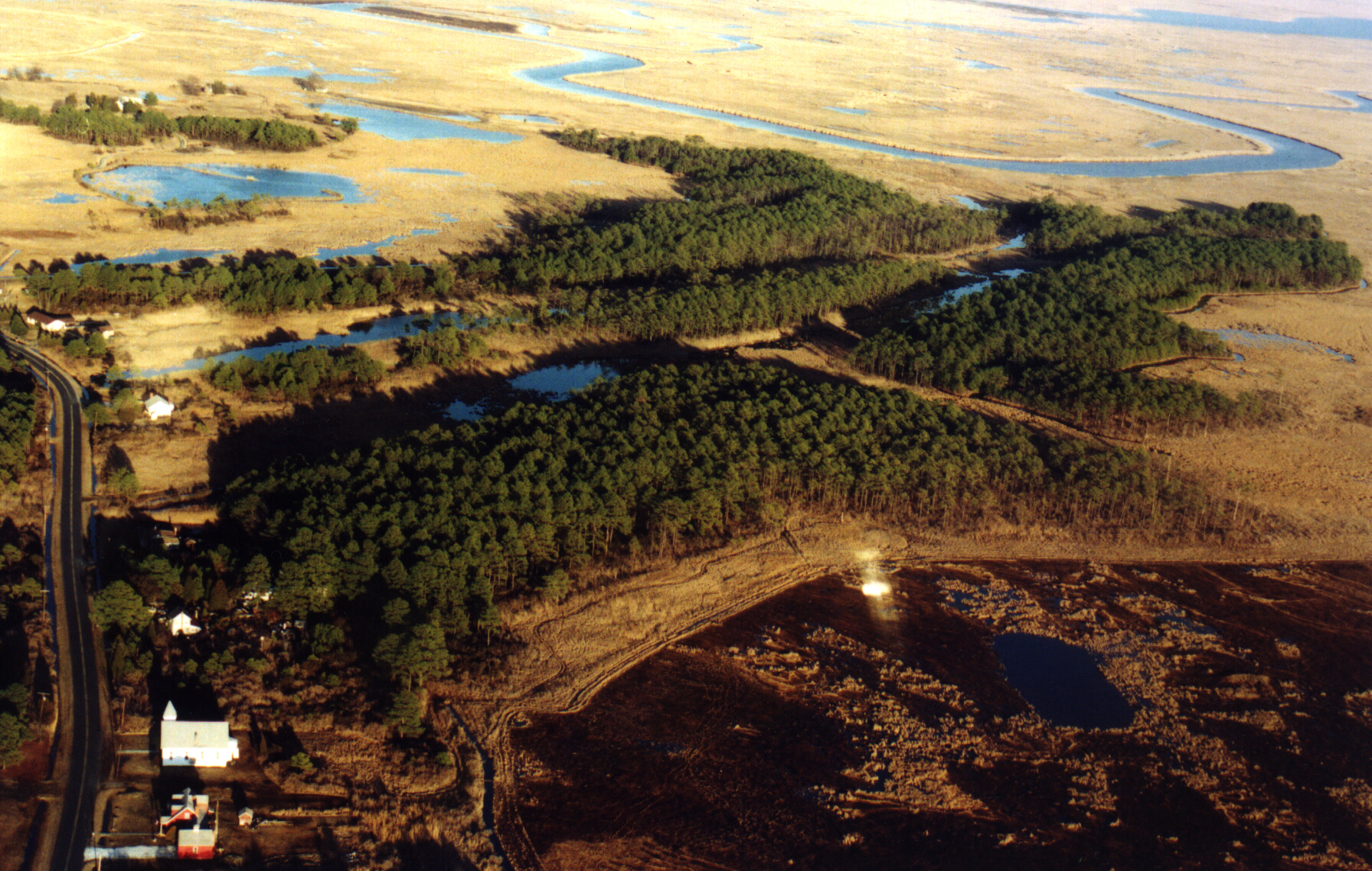
Nause-Waiwash Band Photo Credit: Jeff Kirwan The ecocultural description of Nause-Waiwash Band territory can best be summarized as brackish estuarine marsh and salt estuarine marsh. According to Nause-Waiwash Band oral history, the annual burning of marshes helps to sustain these ecosystems, now despite the combined effects of rising sea level, land subsidence and erosion. Nause-Waiwash…
Washoe Tribe of Nevada and California
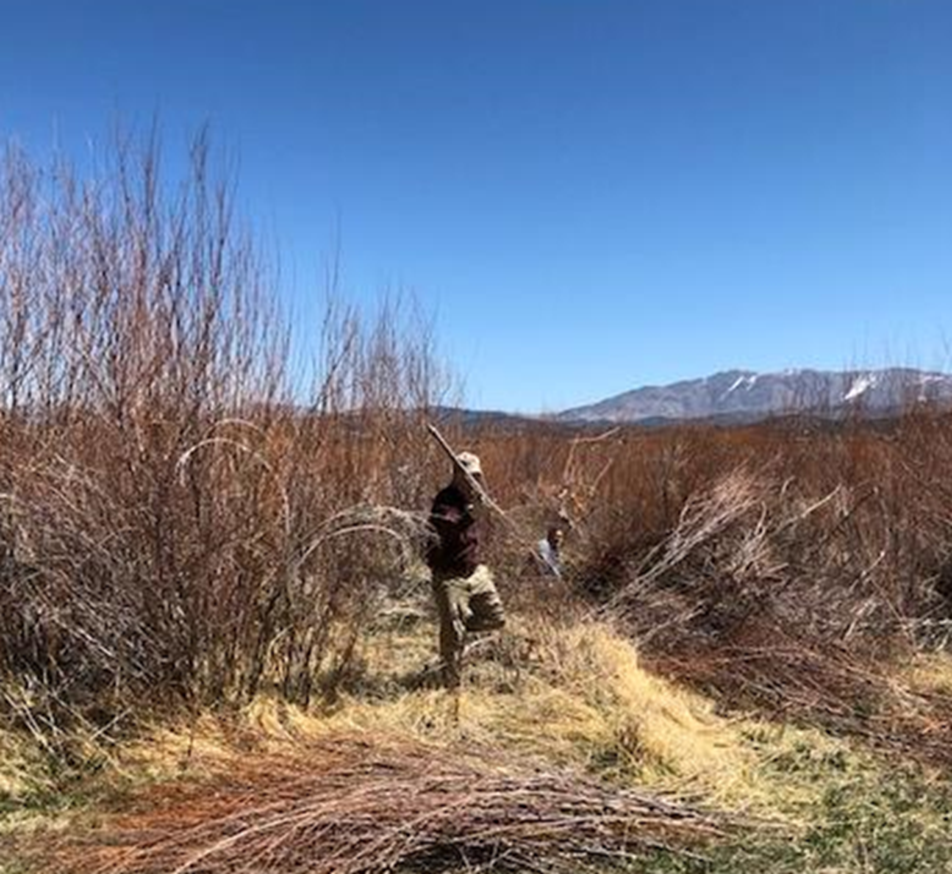
Washoe Tribe of Nevada and California Washoe Tribe of Nevada and California Lake Tahoe is the center of Washoe Homelands, with the four bands of the Washoe radiating out from the center. Washoe Territory spans the border of Nevada and California, extending north to Honey Lake, east to Susanville, south to Mono Lake, and west…
Yurok
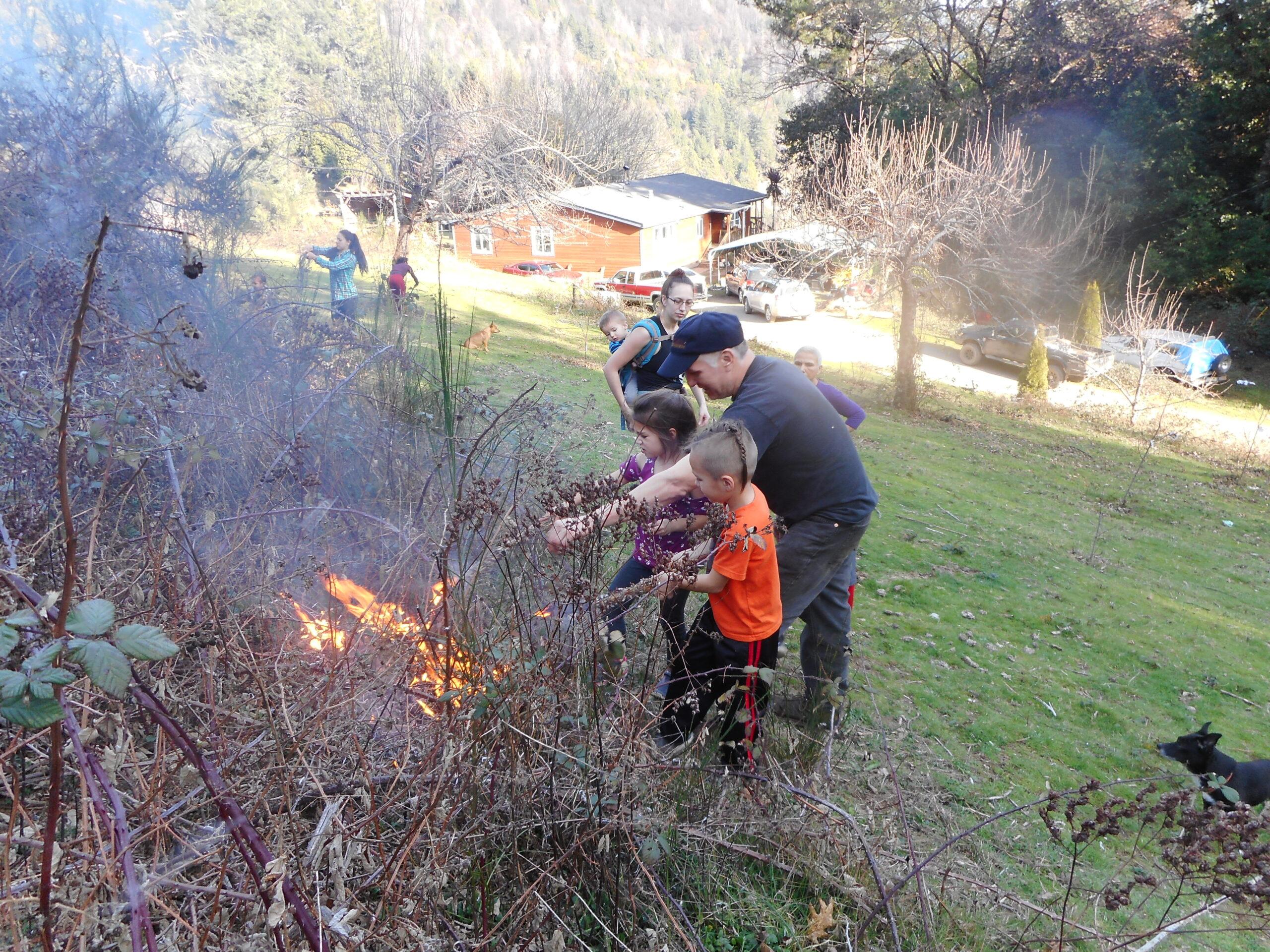
Yurok The mission of the Cultural Fire Management Council (CFMC) is to facilitate the practice of cultural burning on the Yurok Reservation and Ancestral lands, which will lead to a healthier ecosystem for all plants and animals, long term fire protection for residents, and provide a platform that will in turn support the traditional hunting…
Karuk
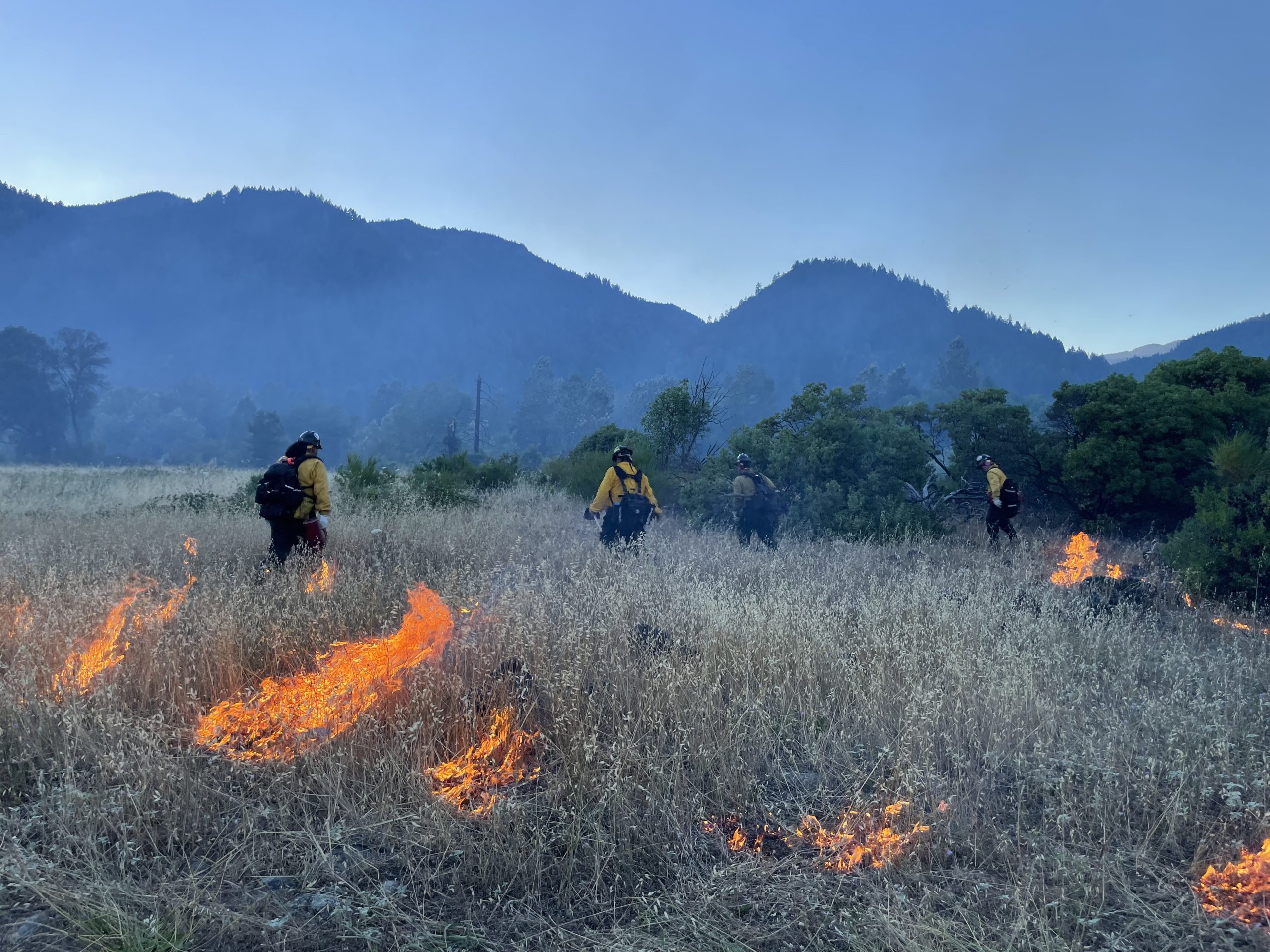
KARUK Photo Credit: Analisa Tripp Since time immemorial, the Karuk have lived in the Klamath-Siskiyou Mountains in the mid-Klamath River region of Northern California. With an Aboriginal territory that includes an estimated 1.38 million acres, the ancestral people of the Karuk resided in more than one hundred villages along the Klamath and Salmon rivers and…
Hoopa Valley
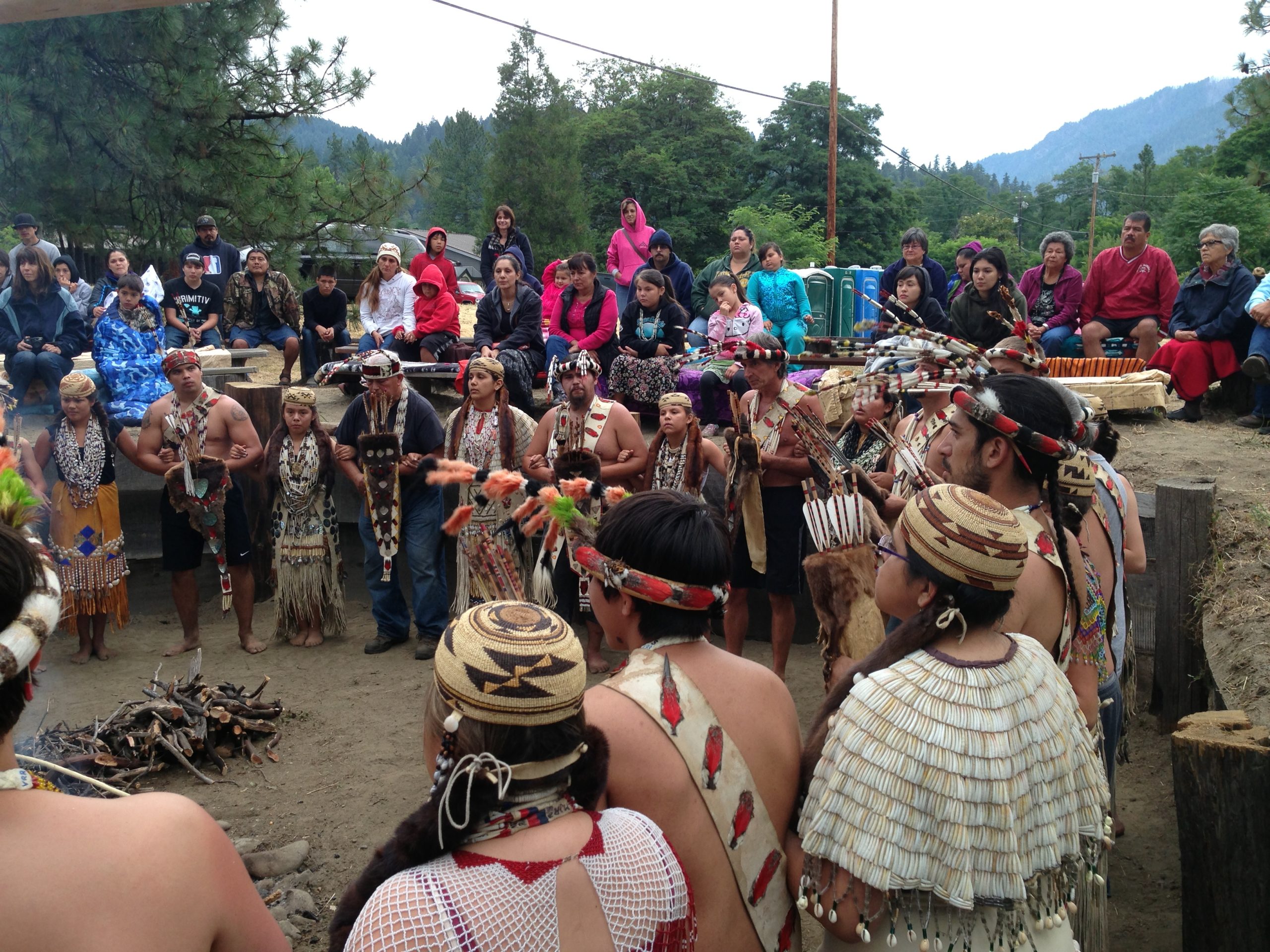
Hoopa Valley Photo Credit: Greg Moon The Native people of Hoopa Valley understood and used the natural cycle of burning. Cultural burning for clearing areas for crops, basketry material (hazel and beargrass), and hunting has been done for thousands of years in the region. According to tribal elders, traditional and naturally occurring fires were used…

